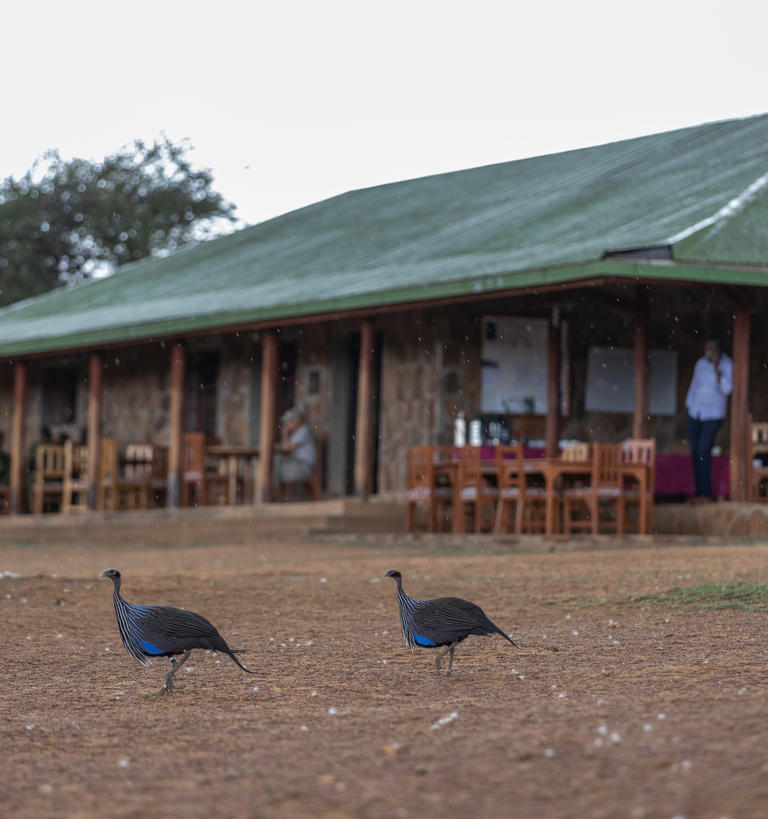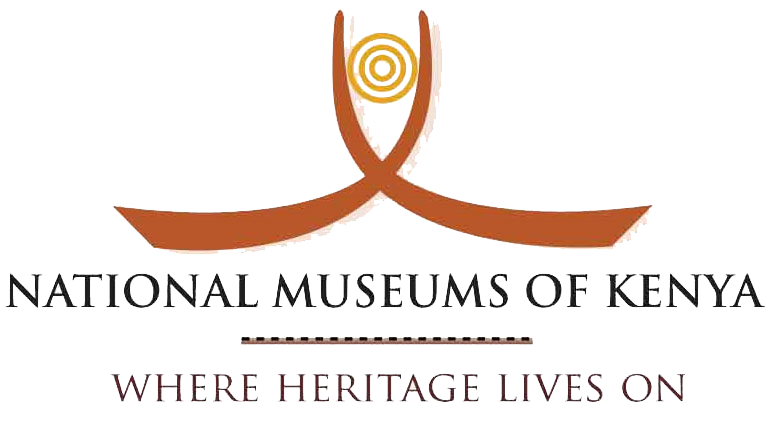Overview

History and Context
Mpala has a complex history intertwined with Kenya's colonial history. Mpala sits on land that was taken from local populations and granted to British subjects during colonialism. Princeton acknowledges this history and the complexity of being a part of this legacy. George Small '43 was a beneficiary of these colonial policies when he inherited the land from his brother in 1969. In 1989, Small established Mpala as a wildlife sanctuary, and in 1994 he built a research center, conceived of as a Kenyan-US partnership. The founding members were the Kenya Wildlife Service, National Museums of Kenya, Smithsonian Institution, and Princeton University. In 2023, the Kenyan Wildlife Research and Training Institute joined as a fifth institutional member.
An extremely brief history of Kenya reminds us that the country is the cradle of human civilization. Humans have been living in Kenya for more than two million years. Well prior to European colonialism, Kenya had a long history of trade and migration within the African continent and with South Asia and the Middle East.
During colonialism, desirable land was taken from local populations and granted to British subjects and foreigners. Privatization of land, in line with colonial law, meant that many Kenyans were forcibly removed from land on which they were dwelling or prevented from accessing land that was understood to be communal property. The legacy of that land allocation was enormous as title to land granted during British times continues to be respected in post-colonial Kenya. As a result, land ownership continues to be highly concentrated among elites.
Laikipia County, where Mpala is based, has a particular history of land disenfranchisement. In 1919, the colonial government granted land to “pure European” British subjects who had served in an imperial army through the Soldier Settler Scheme. In total, over two million acres was distributed in this program (in addition to the many acres already owned by Europeans), much of it in what is now Laikipia County. A number of individuals used this land for farming or ranching. A century later, many of these plots have been consolidated so that today a small number of individuals and families own a significant proportion of Laikipia’s 2.5 million acres. Mpala is one of those consolidated properties. For context, it is three times the size of the island of Manhattan. Many of our neighbors have holdings similar in size.
Today Mpala is the only research or education focused land-holding entity in Laikipia, and one of the few properties in the region with a Black Kenyan CEO. However, this distinction is sometimes overlooked by critics of the current land ownership regime given its origin as a ranch owned by foreigners. As a result, Mpala is not immune to local and regional politics.
While some might consider establishing a scientific and conservation research center in Kenya as a noble venture, this concept itself comes out of a colonial tradition. Across the global South, dozens of biological field stations were set up by foreign governments and institutions of higher learning. These centers are part of a colonial tradition which extracts biological materials, artifacts, and knowledge that become the physical and intellectual property of those in the global North. The critique is that some scholars approach places like Mpala through an outdated modality that has been described as colonial or “parachute” scholarship. A common story involves a researcher from a high-income country swooping into a lower or middle-income nation for a period of days or weeks to collect data, gather samples, or conduct experiments, and then returning home for analysis and publication in prestigious journals.
Despite these barriers, there are some notable Kenyan scholars who were trained at Mpala and efforts underway to increase capacity building among local scientists and scholars. The most well-known is Paula Kahumbu *02, arguably Kenya’s leading conservationist and a member of the Princeton-Mpala Advisory Council. Mpala has recently developed an initiative to raise graduate fellowship funds to fully support two Kenyan master’s degree students.
Partner Institutions
Mpala Research Centre is a testament to the power of collaboration. While Princeton is the managing partner, it works closely with anchor institutions, including the Smithsonian Institution, the Kenya Wildlife Service, the National Museums of Kenya, and the Wildlife Research Training Institute of Kenya. This partnership is the cornerstone of Mpala’s extraordinary success.
Research and education lie at the heart of our endeavors, and it is through our foundational partnerships that Mpala can realize its true potential. By leveraging the collective resources and wisdom of our partners and collaborating with a vast network of researchers from around the world, we can push the boundaries of knowledge, unravel the complexities of African savannah ecosystems, and unlock innovative solutions to the pressing challenges the world faces.

|

|

|

|
|---|
